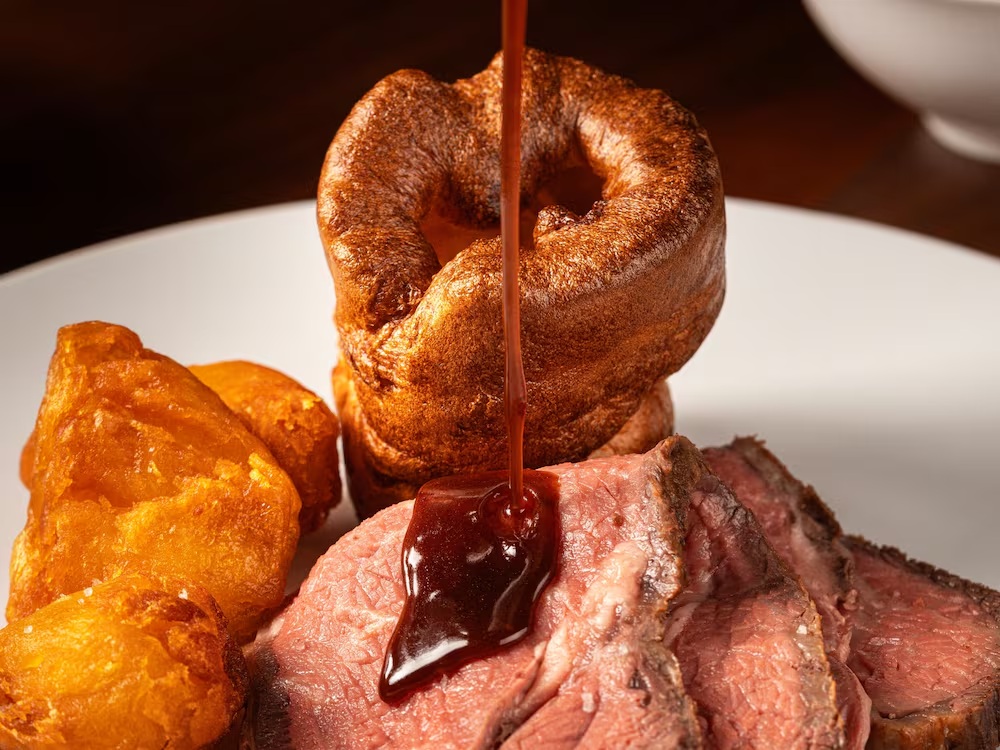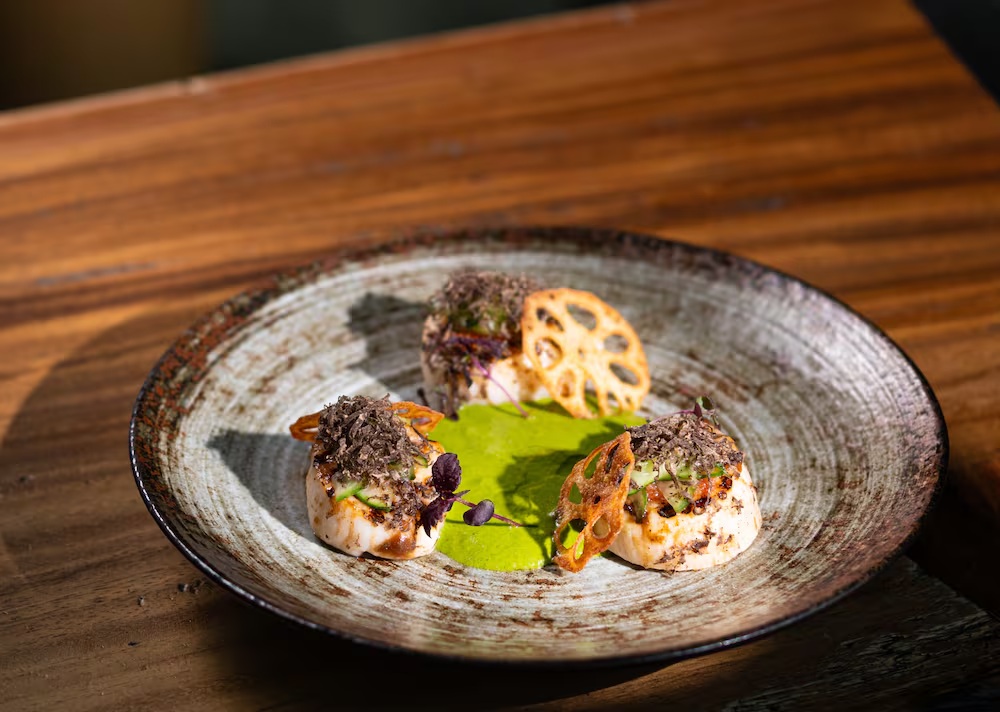
Ayla Coşkun
Cooking seems to be a highly complex process, but the moment you get into the kitchen and start trying out new things, it can actually be an enjoyable and satisfying hobby. Here are some tips
As someone who loves trying out new things and has accumulated a bit of culinary knowledge, I know many a long list of things, but not all. I try to incorporate a few of these tips into my weekly texts, but some don’t fit into the context, so here are some of the more general words of wisdom.
Take notes
We might be living in the digital age, but noting down a recipe is a must. If you, say, try out a recipe and find out that it works even better with ingredient x or a longer baking time: Note it down. You might think you’ll remember it, but I can tell you that with time you forget the most obvious detail. And we see this in historical recipes a lot (the very reason why I write this tip as the first): Only the ingredients are listed with no direction or minimal detail. At the time it might have been obvious how something was made, but time is a cruel mistress and people forget.
Fresh spices
This feels like a no-brainer, right? At least, I thought so. But once I had a friend over and got my black pepper grinder out. She was baffled how much better the pepper tasted and said she actually needed less in her dish. I know it is super convenient to have all kinds of spices already ground but the thing is: They get old quickly. If you use them up fast, perfect; if not, they’ll most likely go to waste. The worst offender for that is cinnamon: If it doesn’t smell like cinnamon anymore, the taste is gone completely. I am really against throwing away stuff, but old cinnamon can basically be used as a colorant or maybe for decorative purposes but that’s it.
My tip, and it might sound a bit antique, get yourself a decent mortar and pestle set. Not every dish will call for, for example, ground cloves, but when it does you can spare those five minutes to make it real quick. I must say that gingerbread and other such spice cookies greatly benefit from this.
Speaking of spices …
Seasoning
Seasoning can make or break your dish, and in most cases, it is the former. Especially when you make something sweet, a dessert, don’t forget to add that dash of salt. The best, or rather most extreme example, I experienced this was with an almond blondie I tried out. It literally said to sprinkle just a bit of salt at the very end over the moist cake and I was absolutely stumped how much more intense the cake tasted! The same goes for savory dishes: Add a bit of sugar. It sounds weird, but if you check many ready-to-eat dishes sold out there, almost all of them have some amount of sugar in them. My personal best example for that would be kuru fasulye, the classic white bean dish. Just a cube of sugar really enhances it.
Want to use less salt?
Use lemon. I am no chemist and can’t tell you why the sour makes it taste the way it does, but whenever I make some sauce for my pasta dishes I like to add a good amount of lemon juice and I end up using way less and sometimes no salt at all. It might sound vague, but give it a try with a salad or other similar dish.
The mystery of the oven
A pet peeve for me are the recipes that call for a preheated oven when it is quite obviously not necessary. The only difference that, and I want to stress this, might occur is the time needed to bake. I personally think it is a waste of energy.
But there are always some that need the direct rush of a certain temperature. One such example are pizzas to achieve a thin crust. Or certain types of cheesecakes need a high temperature first and then a slow cool down. But when you cook some regular cookies it really doesn’t matter.
On the topic of the oven, it is also essential to know your oven. It seems funny but it is quite true. I know with mine that it is a bit of a slow burner. So if a recipe calls for 170 degrees Celsius (338 degrees Fahrenheit) I dial it up to 180. And the left-back corner always gets burnt more easily so, if I can, I arrange my cookies or alike not be too dense around there.
A kitchen timer helps a lot as well, and always set the clock to ¾ of the baking time. I mean it doesn’t need to be a kitchen timer, of course, nowadays everyone has a phone, but setting a clock is a good thing, especially when you are busy. You might wonder why ¾ of the baking time. You can never know what might go wrong with a dish or dessert. I have done some things probably a thousand times but it just goes wrong for whatever reason and accidents at the baking stage just hurt differently.
Cutting and chopping
There is a reason why there are so many different types of knives, and buying a couple of good ones is an investment for the future for sure. I can’t imagine cutting cheese with anything other than my serrated knives. I can get the slices as thin or thick as I like with those. Working with fish with anything but a fish knife feels like wasting my time.
Having a towel or a damp paper towel under your chopping board is a savior. Nothing is more annoying than chopping anything and the surface wiggling, especially considering that the weapon you’re wielding is dangerous and one small slip …
Prevent browning of potatoes and apples
My German blood is showing again (and no, not because I cut myself). But when you work with potatoes and want to prevent them from oxidizing keep them in cold water. Especially when you work with big quantities and don’t want them to look weirdly brown or grey.
When making an apple cake you can also prevent oxidation by using some lemon juice. While cutting the apples just spritz a good amount each time and toss the apples around to cover them in the juice. This will also enhance their flavor as well, so it is most definitely a win-win situation.
The post Tips and Tricks around the kitchen: Stuff you must know appeared first on The Frontier Post.








